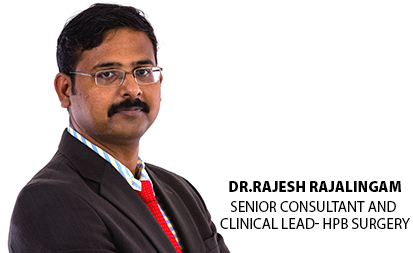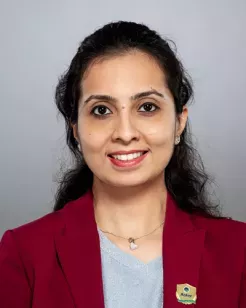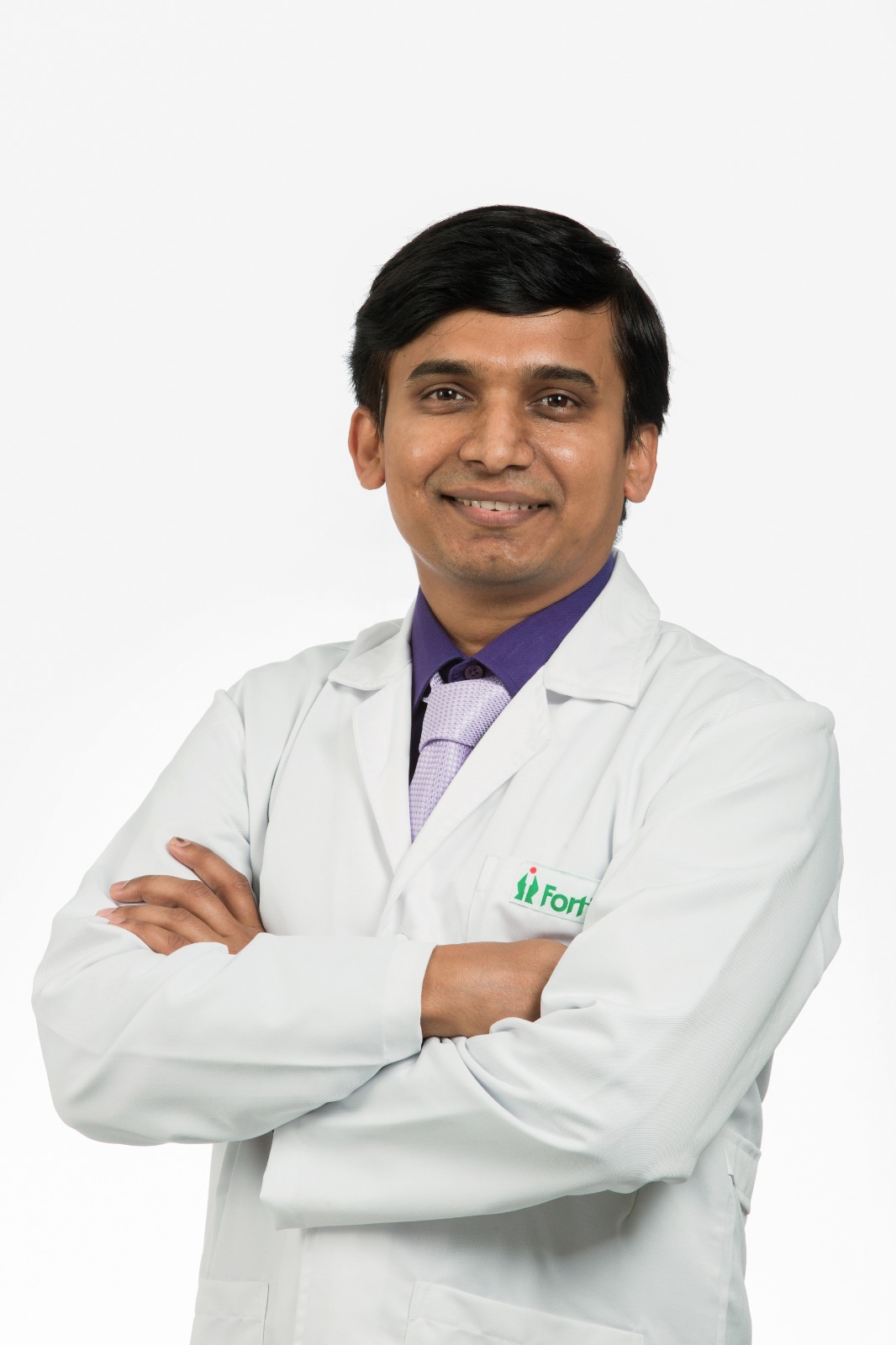Advancement in approaches towards the Liver Transplant
Before the 1990's when a patient gets diagnosed with end-stage chronic liver disease, the only provision that most people had was to proceed with palliative care or, if one could afford it, go for a

Before the 1990’s when a patient gets diagnosed with end-stage chronic liver disease, the only provision that most people had was to proceed with palliative care or, if one could afford it, go for a Liver transplant (LT) in a country where healthcare was more developed.
Liver Transplantation in India has seen revolutionary advances over the last two decades. Initially, it was the difficulty of creating awareness about organ donation and setting up structured organisation for deceased donation. However, it’s the Living donor Liver Transplantation (LDLT) program which was adopted and got flourished, thanks to the strong medical fraternity that has super-specialised in this surgical expertise from developed countries, the ease of setting up LDLT program and the development of advanced medical infrastructure in India. Over the last five years, this has received recognition globally and has attracted patients from the Middle East and South-East Asia. The Human Organ Transplant Act (HOTA) in 1994 by the Government of India, with the support of the Indian Society of Organ Transplantation, has provided the initial support and drafted guidelines for the smooth conduct of both deceased and living donation. The situation was more advantageous and utilised by private hospitals which currently excelled in liver transplant services. Today around 30% of the LT that happens in India are carried out on foreigners from the Middle East and South-East Asia. They do not have the medical or surgical expertise in their own countries for such super-specialised and high-risk surgeries. Off late, there has been an increase in the Deceased Donor Liver Transplant (DDLT) cases in India due to more awareness and support in organ donation after death.
Transplantation, as a speciality, requires full-time professionals working with a multi-disciplinary team with strong teamwork. This has significantly increased the standard of medical care in India over the years. It has also led to attracting Indian doctors trained abroad to return to their home country, wherein the opportunity is now available to practice and provide quality care. This has also paved the way for the establishment of several multi-speciality hospitals, all of them striving towards international accreditations in order to cater to patients across India and abroad.
Facilitating this change in the area of transplantation in India was achieved through the development and establishment of stringent rules for LDLT and DDLT and a transparent process where authorisation committees have been established in all states in India to evaluate the medical and donor relations before approval of the transplant surgery. Based on the latest rules and guidelines, every Indian patient who has a donor other than a first-degree relative is subjected to the committee approval, and every foreign national undergoing an LDLT in India has to pass through the authorisation committee with due documents establishing his/her donor’s origin and relationship from his/her country.
In addition to the surgical expertise and state of the art hospital infrastructure, the advancement of research and development within the Indian pharmaceutical industry has resulted in the availability of immunosuppressant drugs at a fraction of the cost in comparison to the other countries, thereby improved the affordability and success rate of this complicated surgery. This has supported patients who underwent organ transplantation to have better post-operative treatment resulting in a longer lifespan.
Current Challenges in the acceleration of Liver transplantation in India
While India is at the forefront of liver transplantation surgeries, there are some challenges that are restrictive in accelerating the efforts towards the highest position in the world. This includes the focus of liver transplants largely being in the private sector because of the ease of set up and availability of specialised surgeons who can take on such tasks. Another problem is the lack of patient awareness about liver diseases and its early identification before it comes to the stage of liver transplantation. As liver damage is only clearly visible when approximately 70 per cent of the liver is damaged, if not identified and managed early, it could result in an end-stage liver failure with organ failures resulting in poorer outcome. Even today awareness about the success rate in liver transplantation is poor even among the primary level doctors resulting in very late referrals. Actually, success results for liver transplantation in India have definitely equalled the west if not excelled the most, which many are not aware.
The Future of Liver Transplantation in the Country
Training for surgeons in India, specifically in transplant, has strengthened over the last decade. Today, India is able to provide training in both LDLT and DDLT with university-approved fellowship programs, and most programs also have international students, trainers and visitors. This has helped provide access and availability of trained surgeons who specialise in liver transplantation across the country.
Careful evaluation of the living donors by the physician is critical to ensure that they do not have any diseases that could limit the viability of the organ in the recipient. Studies have shown that around 40 per cent of the donors are women family members in the case of LDLT. There is a social stigma associated with a female relative, married or unmarried, donating a portion of her liver that has to be evaluated and related counselling provided to the donor and family members. The social and psychological implications could be associated with the scar that the transplantation leaves behind in case of open surgery.
While most of the LDLT surgeries have been happening across the country as open surgeries, the latest advancement in surgical technology has provided access to Robotic-Assisted Surgery (RAS). Now surgeons across the country will be able to transit from open surgery for liver extraction from a donor to a minimally invasive, high accuracy option with the decreased overall cost to the patient. Conventional laparoscopic surgical techniques may not be suitable for very complex procedures such as organ transplantation. However, after the introduction of modern precise surgical robotic systems like the da Vinci Surgical System (da Vinci), the surgeons’ ability has expanded, and even organ transplantation is considered to be performed in a minimally invasive fashion with RAS.
The main advantages for the surgeon that is performing liver resection for transplantation, with DaVinci in comparison to laparoscopic surgery, are:
- the 3-dimensional (3D) view which completely restores hand-eye coordination and even includes a possible 10× and 15× magnification of the operative field if needed, while the operative field remains steady with the camera driven by the surgeon who is doing the procedure;
- the instruments provide a distal articulation similar to the human wrist (EndoWrist) with a 360-degree range of motion, thus avoiding the fulcrum effect of conventional laparoscopic surgery; and
- The human physiological tremor is eliminated by motion scaling, which is achieved with the device tracking the surgeon’s movements 1,300 times per second
All these features in RAS facilitate minimal handling of the liver in comparison to open surgeries. With practice, the time taken for robotic-assisted liver retrieval from the donor takes lesser time than an open procedure.
For the patient going through with a RAS procedure, because of the smaller incisions, there is lesser blood loss, lesser post-operative pain, returning to regular diet by day two, shorter hospital stay, lesser chances for infections and minimal scarring. All these have increased the acceptance of donors coming forward towards the donation. All these aspects collectively provide a precise and more cosmetically better outcome for the patient resulting in increased acceptance for donors coming forward to donating a portion of their liver.
The da Vinci robotic hepatic extraction for transplantation provides a new horizon of treatment strategies and overcome the limitations of open and laparoscopic surgery. Since the transition from open surgery to RAS procedure for transplantation will require specialised training, providing access to more surgeons interested in stepping into the future of transplant surgery will require more support. Greater awareness regarding the benefits of RAS among the public will support in much faster acceptance of the technology across the country, resulting in better patient benefits and outcomes.






